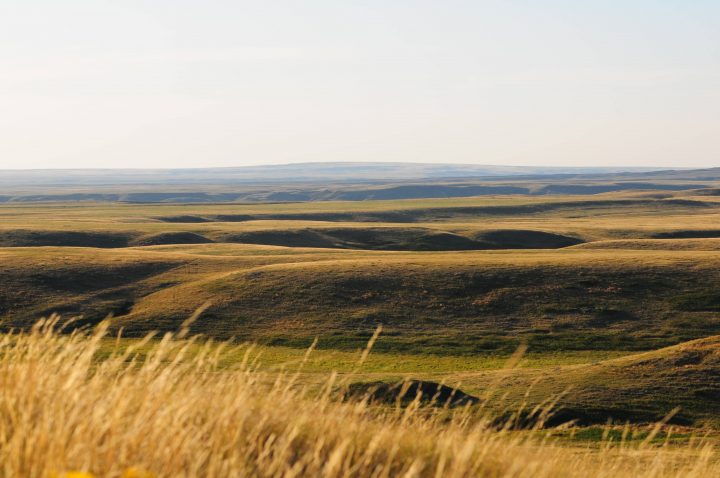The Nature Conservancy of Canada (NCC) is looking to protect up to 200,000 hectares of endangered native prairie grasslands and wetlands in Saskatchewan.

NCC members from across Canada are in Saskatoon for an annual meeting and said it is in a race to protect ecologically sensitive lands in nine focal areas in the province.
“Grasslands and the wetlands contain benefit imperilled species and are critical for our own livelihoods, those of our Indigenous and ranching partners who help protect native prairie and for our children and grandchildren,” said Jennifer McKillop, the NCC’s Saskatchewan vice-president.
“With less than 20 per cent of native grasslands remaining in Saskatchewan, conserving grasslands is one of the most important things we can do for our province”
The NCC said healthy natural areas are key in fighting climate change as natural areas store and sequester substantial amounts of carbon dioxide.
The group said those areas also provide space for species to adapt to changes in the weather and habitat and can provide a buffer against the impact of droughts and floods.

Get breaking National news
“A strong conservation ethic is important for the long-term health of wildlife and plant populations,” said NCC president and CEO John Lounds.
“It is also vital for the health of Canadians from coast-to-coast-to-coast, today and in the future.”
NCC said it is tasked with the goal of protecting 200,000 hectares over the next four years under the federal government’s Natural Heritage Conservation Program in nine regions of the province:
- Cypress Uplands — Maple Creek and surrounding areas.
- East Parklands — Yorkton and surrounding areas.
- Milk River Basin — encompasses southern Saskatchewan, 60 km south of Swift Current.
- Missouri Coteau — south-central Saskatchewan.
- Moose Mountain — Carlyle and surrounding areas.
- Saskatoon Prairie — Saskatoon and communities within that region.
- Upper Qu’Appelle — Regina and communities in that part of the province.
- West Boreal transition — Prince Albert and nearby areas.
- West Parklands —Battleford and surrounding communities.
The NCC said it has protected 61,000 hectares in Saskatchewan since 1982, with most of the land accessible to the public for light recreational activities such as hiking.
WATCH (November 2018): New poll shows growing disconnect between Canadians and nature







Comments